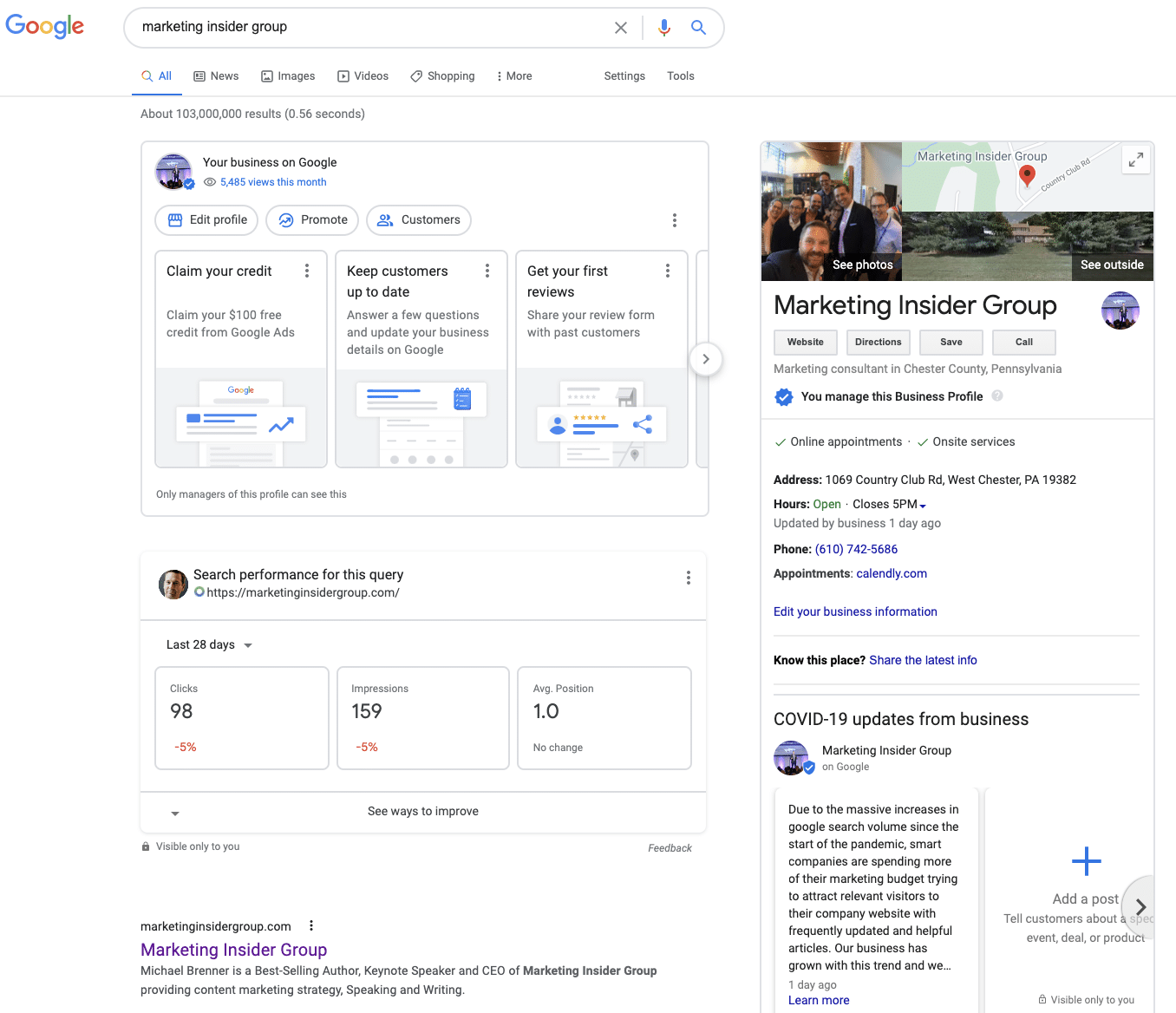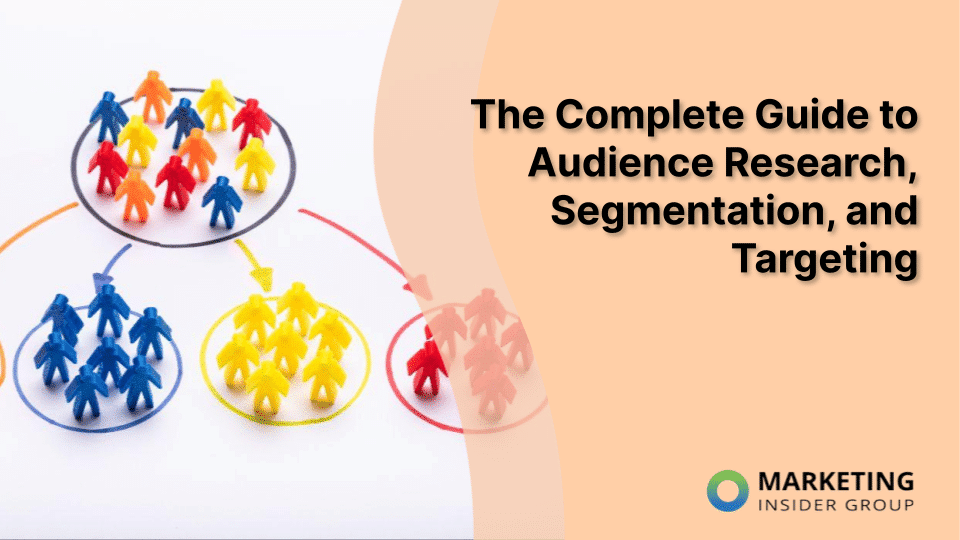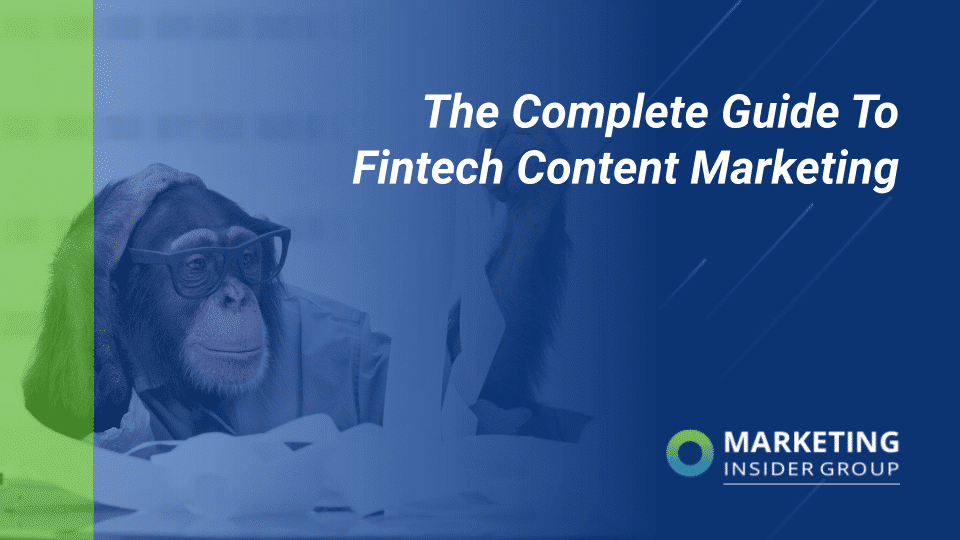
Get Your Business Listed on Google: The Complete Guide
Around 92% of people don’t go past the first page of Google results upon making a query. Since Google processes about 40,000 searches every second, you need to invest in the best content marketing, search engine optimization (SEO), and marketing services for your business.
But how can you ensure that your webpage gets the traffic that it deserves?
If you’re wondering, ‘how can I add my business on Google?’, you’ve come to the right place. We’ve already covered how to add your site to Google and add your business to Google Maps. Read on to learn how to get your business on Google’s top search results pages and attract the most relevant traffic to your business.
Create a Google My Business (GMB) Listing
If you want to get visibility for your new business website, you likely have been wondering how to register for a Google business page. The answer to this lies in creating a Google My Business listing within the search engine platform.
You could try searching ‘how to get my business on Google Maps’ for more information. You will get a plethora of ways that you can register your GMB listing on any device. However, you likely will get a confusing muddle of results and a lot of overly-technical explanations about Google algorithms, so we’ve compiled a step-by-step list of what you need to do.
Step 1: Claim Your Business on GMB
To get your business registered with GMB, head to Google My Business’s official page and select the ‘sign in’ button in the top right corner of your desktop screen. You can simply log into the Google account that you want to be registered in association with your listing.
After that, you can enter the name of your business into the search bar presented to you. Your business will likely appear upon searching for its name. At this point, you can claim your business listing by verifying that you are the person that owns that business.
If it doesn’t appear, that’s also fine. You can create a new listing and begin the categorization process.
Step 2: Categorize Your Business
Google will prompt you to choose the category that best fits your business. It will offer you a list of preset categories that appear when you begin to type your keyword into the search bar.
The category that you choose will determine which queries your business presents under within Google’s directory. Once you choose it, it’s time to move on and enter specific information about your business.
Step 3: Add Your Location
One of the most important parts of creating a Google Business profile is entering your location. This is essential to targeting those in your location and ensuring that they pop up at the top of local searches (those with ‘near me’ at the end).
Here’s what you need to do:
- Select whether or not you operate from a brick-and-mortar location
- Enter the address of your business (if you select ‘yes’)
- Select whether or not you serve customers outside of that location
- Enter your contact details (phone number, website) so that people can find you
Step 4: Verify Your Listing
Finally, to register a business on Google, you will need to complete the verification process. You can get a business verification postcard with the code that you need to confirm its legitimacy sent to your address. This will take a week or two, during which time you shouldn’t edit your business information at all.
Once it appears in your mailbox, log into your Google Business account. Click the ‘verify now’ button, enter the PIN on your postcard, and voila! Your business should be listed on Google.
Use Google Ads the Right Way
Another thing to consider when searching ‘how to get my business on Google’ is how to use Google Ads. This easy-to-use technology allows you to target the most relevant audience with your PPC advertisements and therefore generate interest in your services.
People can click on your engaging and appealing ad designs and be redirected to your landing page. This helps you to generate leads for your business, get the word of your products and services out there, and give you an edge over the competitors since Google spiders will see your website getting a high volume of traffic.
Google Ads lets you enter the main goal of your ad campaign (e.g. driving traffic to a landing page or increasing store visits). It will specifically help you to attain the goal that you enter by targeting consumers that can help you to meet it.
Next, you’ll need to decide who you want to display your ad to. Let Google Ads know where you want to show your ads so that it can display them to local or global users depending on your needs.
You can then add the images and text that will get your audience interested enough in your page to click on your ad. Once that’s done, set your budget cap so that your ads are only displayed as long as you can afford them. You can then go live and track your ad campaign with the software to see how effective it is.
Invest in SEO Services for Your Site
To get your website higher in Search Engine Results Pages (SERPs), you’ll need to invest in a good SEO campaign. This will help you add a business to Google results in as high a position as possible so that you can target the users who matter.
SEO is the act of manipulating aspects of your webpage to make it look more appealing to both internet users and search engine crawlers. This will ultimately boost your rankings and get you on the first page of Google, which increases your visibility and reaches your target audience.
On-Page vs Off-Page SEO
There are two aspects to any SEO marketing strategy: on-page and off-page SEO. It’s critical that you invest in both of these strategies.
On-page SEO (aka on-site SEO) refers to manipulations that you perform on your webpage itself. One of the most important and common aspects of on-page SEO is keyword research. Users must incorporate keywords- phrases that constitute common Google search queries- into their posts to gain them visibility when someone makes that query.
Other aspects of on-page SEO include:
- Meta-tags
- HTML coding
- Creating quality content
- Title tagging for links
- Creation of a site map
- Image and video descriptions
Off-page SEO, by contrast, refers to manipulations that happen externally to your webpage. This usually refers to link-building and building connections with other relevant pages that aren’t your competitors. Linking to them in blog posts and having them link to your site is a great way to gain both visibility and authority.
Some more aspects of off-page SEO are:
- Social media management
- Press releases
- Reviews of your site
- Forum posting
- Entering into online directories
Optimize for Mobile Rankings
Since 72% of people will access the web exclusively from the web by 2025 (and over half are doing so currently), it’s critical that you use local SEO services to target mobile users.
Make sure that the bulk of your website’s outbound links take the user to sites based in their area. Target local keywords (advertising facility near me, advertising facility in New Mexico, etc). Because so many mobile searchers are looking for immediate services in their area, this is a great way to optimize for Smartphone users.
You also need to make sure that your on-page SEO is mobile-friendly. Make sure that blog posts are easy to read on a Smartphone screen and that there’s a drop-down navigation menu that also works on mobile devices. While desktop users are important, you should always choose compatibility with mobile devices over desktop view settings in a true dilemma.
Mobile Rankings and Google Apps
Google Apps is a category of online applications that Google provides as a service. These applications such as Gmail, Google Talk, and Google Calendar don’t need to be downloaded online or installed onto a machine. Instead, you can access them and their vast storage from your desktop or mobile device automatically.
When you optimize for mobile rankings, people can integrate Google applications with your business. They can get email alerts to their Gmail account when you have promotions going on (which also allows you to track your target audience and generate leads). Your hours and special events can be automatically placed into user’s Google Calendars so that they can get a reminder about these events.
Beyond How to Get Your Business on Google
Now that you know how to get your business on Google and keep it there, it’s time to invest in a service that works to bring more traffic to your website with high-quality content marketing.
Register for our Content Builder services to engage new customers (and retain old ones) quickly and affordably. Our team will help you to schedule content, strategize the best ways to boost your content marketing campaign, and publish new content for your site every week.
We look forward to helping you build a website that ranks on Google!






